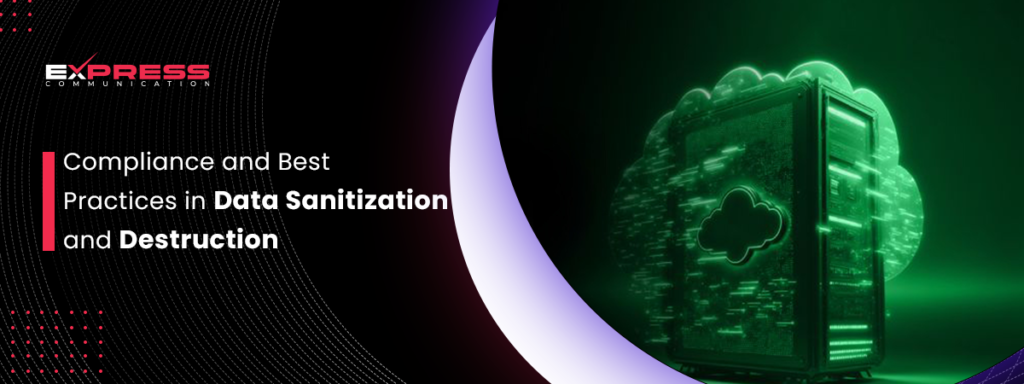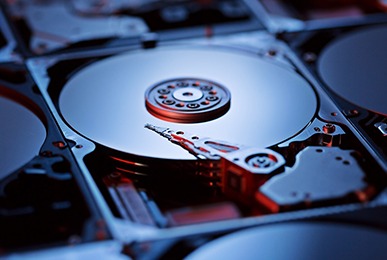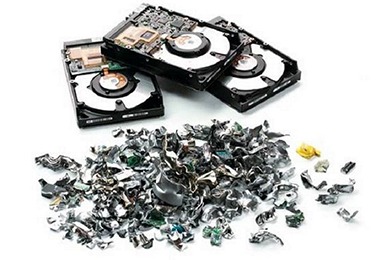
Have you ever wondered what happens to your data when you delete a file or throw away an old computer? It’s not as simple as hitting the delete key or tossing the device in the trash. Data sanitization and destruction are crucial processes to ensure that sensitive information does not fall into the wrong hands. Let’s dive into these concepts and explore the best practices to keep your data safe.
Table of Contents
What is Data Sanitization?
Data sanitization is the process of permanently and irreversibly removing or destroying data stored on a device. The goal is to ensure that no one can recover or read the data once it’s been deleted. This is important for protecting personal information, company secrets, and other sensitive data. There are several methods of data sanitization:
- Physical Destruction: This involves physically damaging the storage media so that the data cannot be read or recovered. Examples include shredding, crushing, or incinerating hard drives and other storage devices.
- Data Wiping: This method overwrites the existing data with random characters or zeros, making it unreadable. Special software tools are used to perform data wiping.
- Degaussing: This technique uses a powerful magnet to disrupt the magnetic fields on a storage device, rendering the data unreadable.
Why is Data Sanitization Important?
Data sanitization is crucial for several reasons:
- Privacy Protection: Personal data, such as social security numbers, credit card information, and medical records, must be protected from unauthorized access. Proper data sanitization ensures that this information remains confidential.
- Regulatory Compliance: Various laws and regulations, such as GDPR, HIPAA, and CCPA, require organizations to protect sensitive information and properly dispose of it when no longer needed.
- Preventing Data Breaches: Data breaches can result in significant financial and reputational damage to individuals and organizations. Effective data sanitization helps prevent data from being recovered and misused by cybercriminals.
Best Practices for Data Sanitization
To ensure data is properly sanitized, follow these best practices:
- Understand the Types of Data: Identify the types of data stored on your devices and determine their sensitivity. This will help you choose the appropriate sanitization method.
- Tools and Techniques: Ensure that the tools and techniques you use for data sanitization meet industry standards and are trusted by recognized organizations, such as the National Institute of Standards and Technology (NIST).
- Implement a Data Sanitization Policy: Develop a policy that outlines the procedures and responsibilities for data sanitization within your organization. This policy should include guidelines for different types of devices and data.
- Document the Process: Keep detailed records of the data sanitization process, including the methods used, the devices sanitized, and the individuals responsible for the process. This documentation can help demonstrate compliance with regulations and provide a record in case of any issues.
- Train Employees: Educate employees about the importance of data sanitization and provide training on the proper procedures and tools. This will help ensure that everyone in the organization understands and follows best practices.
- Verify the Results: After data sanitization, verify that the data has been completely removed or destroyed. This can be done using software tools that check for any remaining data or by physically inspecting the devices.
Methods of Data Destruction
There are several methods of data destruction:
- Shredding: Just like paper shredders, electronic shredders can destroy hard drives, CDs, and other storage devices into tiny pieces, making data recovery impossible.
- Crushing: This method uses mechanical force to break the storage device into small pieces, rendering it unusable and the data irretrievable.
- Incineration: Burning the storage device at high temperatures ensures that the data is completely destroyed. This method is often used for devices that cannot be shredded or crushed.
- Chemical Destruction: Chemicals can be used to dissolve the storage media, ensuring that the data is destroyed. This method is less common but can be effective for certain types of storage devices.
The Role of Regulations in Data Sanitization and Destruction
Regulations play a significant role in ensuring that organizations properly sanitize and destroy data. Some key regulations include:
- General Data Protection Regulation (GDPR): This European regulation requires organizations to protect personal data and ensure its proper disposal. Non-compliance can result in hefty fines.
- Health Insurance Portability and Accountability Act (HIPAA): In the healthcare industry, HIPAA mandates the protection of patient data and outlines requirements for its secure disposal.
- California Consumer Privacy Act (CCPA): Similar to GDPR, CCPA requires organizations to protect consumer data and properly dispose of it to prevent unauthorized access.
- Federal Information Security Management Act (FISMA): This U.S. regulation applies to federal agencies and contractors, requiring them to protect and properly dispose of sensitive information.
The Future of Data Sanitization and Destruction
As technology evolves, so do the methods and tools for data sanitization and destruction. Some emerging trends include:
- Advancements in Data Wiping Software: New software tools are being developed to improve the efficiency and effectiveness of data wiping, making it easier to sanitize large volumes of data.
- Increased Use of Automation: Automation is being integrated into data sanitization processes to reduce human error and improve consistency. Automated tools can also streamline the documentation and verification processes.
- Development of New Destruction Methods: Researchers are exploring new methods of data destruction, such as using nanotechnology to disassemble storage media at the molecular level.
- Stronger Regulations and Standards: As data breaches become more common, governments and industry organizations are likely to implement stricter regulations and standards for data sanitization and destruction.
Conclusion
Data sanitization and destruction are essential for protecting sensitive information and ensuring compliance with regulations. By following best practices and staying informed about emerging trends, individuals and organizations can safeguard their data and prevent unauthorized access. Remember, proper data sanitization and destruction are not just about hitting the delete key – they require careful planning, execution, and verification to ensure complete data protection.
Next time you upgrade your smartphone or get a new computer, take a moment to think about what happens to the data on your old device. By properly sanitizing and destroying data, you can help keep your information safe and secure.





